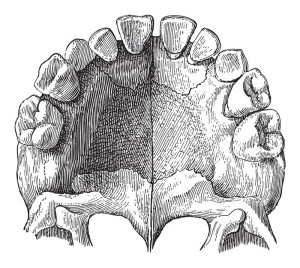 In today’s world of dentistry, our collective dental knowledge of is vast enough to require separate dental specialties to address the numerous aspects of oral health. For instance, endodontists deal specifically with issues concerning the interior of the tooth (i.e., tooth pulp infections, severely damaged teeth, root canal treatments, etc.), while periodontists address concerns of gum tissue damage and infection. With such a vast wealth of knowledge, one may wonder just how we came to learn so much about dental health through the centuries.
In today’s world of dentistry, our collective dental knowledge of is vast enough to require separate dental specialties to address the numerous aspects of oral health. For instance, endodontists deal specifically with issues concerning the interior of the tooth (i.e., tooth pulp infections, severely damaged teeth, root canal treatments, etc.), while periodontists address concerns of gum tissue damage and infection. With such a vast wealth of knowledge, one may wonder just how we came to learn so much about dental health through the centuries.
A Brief History of Dentistry’s Advancement
- Remains that date back nearly 9,000 years have been found showing evidence of attempts to address tooth concerns. The teeth, which were molars located in the back of the jawbone, had nearly perfect holes carved from their centers. Since the teeth were back teeth, experts believe they can rule out cosmetics as a motivation.
- The first person known to be acknowledged specifically as a dentist was the ancient Egyptian physician Hesy-Re, whose epitaph refers to him as the greatest of all physicians and dentists.
- The earliest evidence of a dental surgical operation was also found in Egypt. A lower jaw, or mandible, that dated back to approximately 2750 BC, exhibited two perforations under the root of a molar. The evidence suggests drainage of an abscessed tooth.
- The Egyptians were not the only civilization to focus on the importance of dentistry. Hippocrates, the renowned ancient Greek medical practitioner and philosopher, devoted 32 paragraphs to dentition, and believed in the importance of teeth.
- The Etruscans, who dwelled in the hills of Central Italy, greatly contributed to the art of restorative dentistry. They manufactured dental crowns and bridges that matched the quality of similar products over the next few hundred years.


